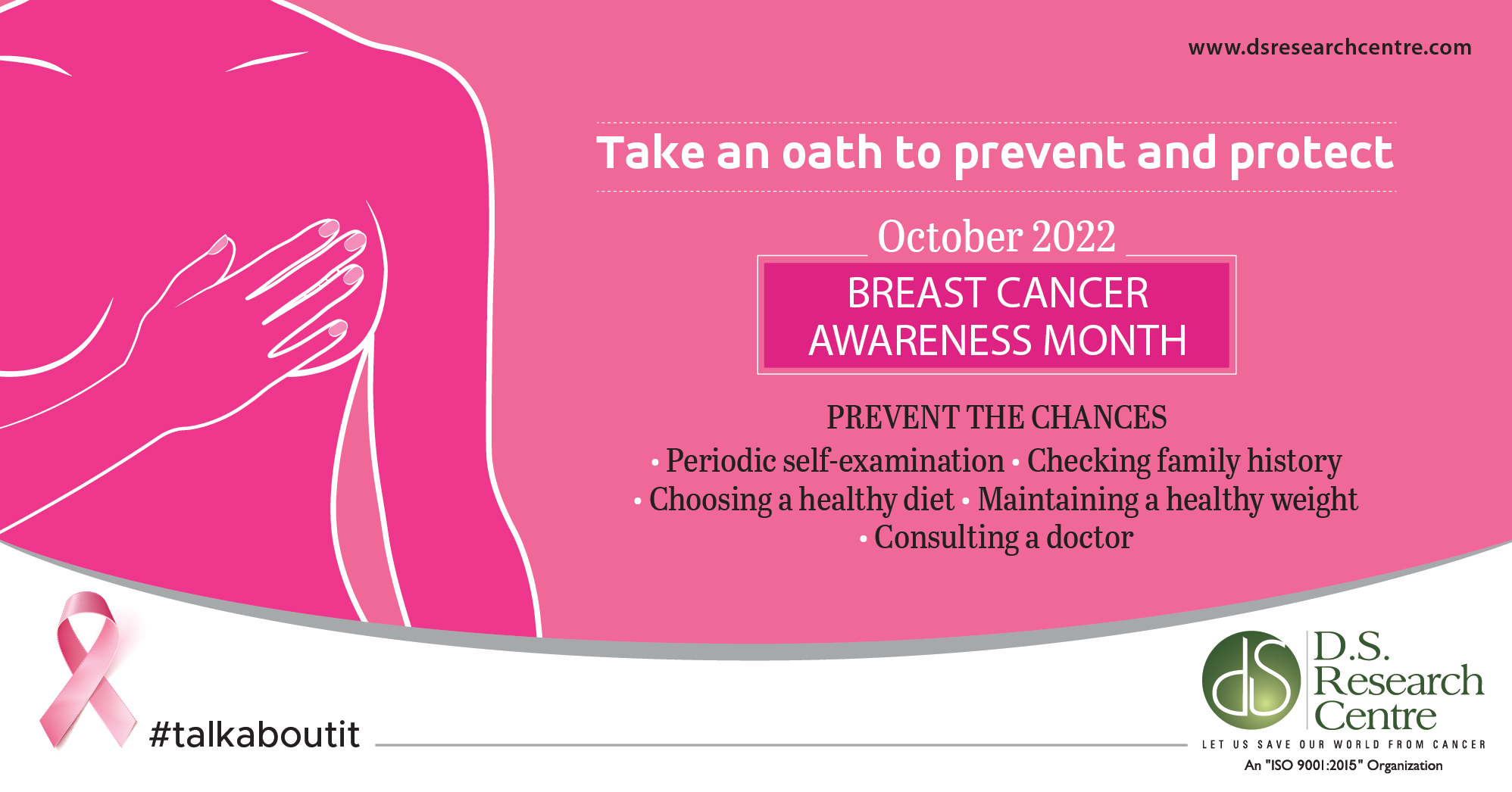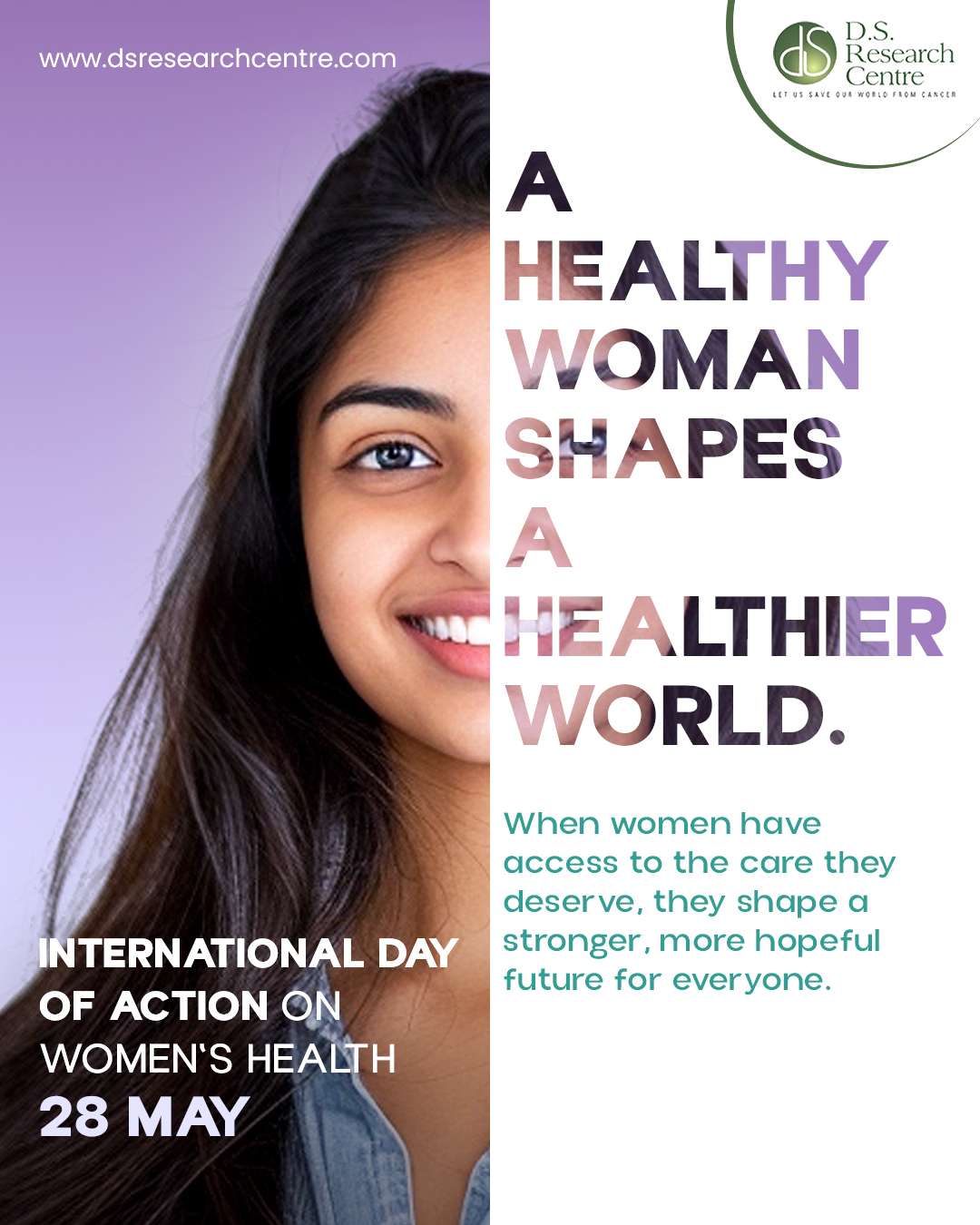Dr. Shibangi Das BAMS, MD, PFCP (MUHS), DEMS Ayurvedacharya, D. S. Research Centre, Kolkata. OCT 11. 2 years ago
CLOSING THE CARE GAP IN BREAST CANCER
Medically Reviewed by Dr. Shibangi Das, on September 23rd ,2022
What exactly is Breast Cancer?
Breast cancer is a malignant tumor (a collection of cancer cells) arising from the cells of the breast. Although breast cancer predominantly occurs in women it can also affect men.
Who is affected?
One in eight women gets diagnosed with breast cancer in their lifetime. Although breast cancer in men is rare, an estimated 2,150 men will be diagnosed with breast cancer in a year.
BREAST: - About the ORGAN
The breast of an adult woman is a milk- producing, tear-shaped gland. It is supported by and attached to the front of the chest wall on either side of the sternum by ligaments. The breast is a mass of glandular, fatty, and fibrous tissues and contains no muscle tissue. A layer of fat surrounds the gland and extends throughout the breast. A layer of fatty tissue surrounds the breast glands and extends throughout the breast. Inside a woman's breast are 15 to 20 sections called lobes. Each lobe is made of many smaller sections called lobules. Lobules have groups of tiny glands that can make milk. After a baby is born, a woman's breast milk flows from the lobules through thin tubes called ducts to the lactiferous sinus and to the nipple. Fat and fibrous tissues fill the spaces between the lobules and ducts.
METASTATIC CONDITION OF BREAST CANCER:-
When breast cancer is limited to the breast and/or nearby lymph node regions, it is called early stage or locally advanced. When breast cancer spreads to an area farther from where it started to another part of the body, doctors say that the cancer has “metastasized.” They call the area of spread a “metastasis,” or use the plural of “metastases” if the cancer has spread to more than one area. The disease is called Metastatic Breast Cancer. Another name for metastatic breast cancer is "stage IV breast cancer” if it has already spread beyond the breast to other organ and nearby lymph nodes at the time of diagnosis of the original cancer. Common sites of Metastasis are:-
Lymph Nodes
Bone
Lungs
Brain
Liver
FEW SYMPTOMS NOTED IN CASES OF METASTASIS:-
Bone pain.
Bones that break more easily.
Swelling.
Headaches or pressure in the head.
Visual disturbances.
Seizures.
Nausea and vomiting.
Behavior or personality changes.
Jaundice.
Itchy skin or rash.
Abdominal pain, loss of appetite, nausea and vomiting.
Cough that won’t go away.
Difficulty catching your breath.
Chest pain.
Fatigue.
Unexplained weight loss.
Poor appetite.

SELF EXAMINATION STEPS: - How To Do Self Checks
Place the left hand behind your head. With the middle fingers of right hand, gently yet firmly press down using small motions to examine the entire left breast.
Next, sit or stand. Feel the armpit, because breast tissue goes into that area.
Gently squeeze the nipple, checking for discharge. Repeat the process on the right breast.
Use one of the patterns shown in the diagram to make sure that you are covering all of the breast tissue.
Look at your breasts directly and in the mirror. Look for changes in skin texture, such as dimpling, puckering, indentations, or skin that looks like an orange peel.
Also note the shape and outline of each breast.
Check to see if the nipple turns inward.
BREAST EXAMINATION:-
Mammogram: an x-ray of the breast to help tell between a benign and malignant mass
Biopsy: removal of a small amount of breast tissue for testing
Ultrasound: use of ultrasonic sound waves to produce an image of the tissue
MRI: normally used in conjunction with other tests, magnetic resonance imaging is another noninvasive way to examine breast tissue
WHAT SHOULD BE DONE:-
Women in their 20s and 30s should have a clinical breast exam every 3 years. After age 40, women should have a breast exam every year.
Meditation
Get more physical activity
Stay away from Addiction
TREATMENT FOR BREAST CANCER:-
Some herbs like Neem which stimulates tumor suppressor pathways and compel the body to promote Apoptosis chemicals and reduce anti-apoptotic chemicals of Cancer Cells. Some herbs like Ashwagandha decrease angiogenesis around cancerous tissues, thus cutting off the nourishment of cancerous tissues. Turmeric and Ashwagandha also stimulate p53 tumor suppressor pathway. Some household herb like Fenugreek absorbs lactic acid and stops glucose supply to cancer cells hence they are deprived of their food and die.
Ayurvedic method of treatment incorporated with conventional method of treatment such as Surgery, Chemotherapy, Radiotherapy, Hormone Therapy, provides a thorough method to prevent relapse and have a better life quality.

1297 views








Posted on April 15, 2016
Posted on April 15, 2016